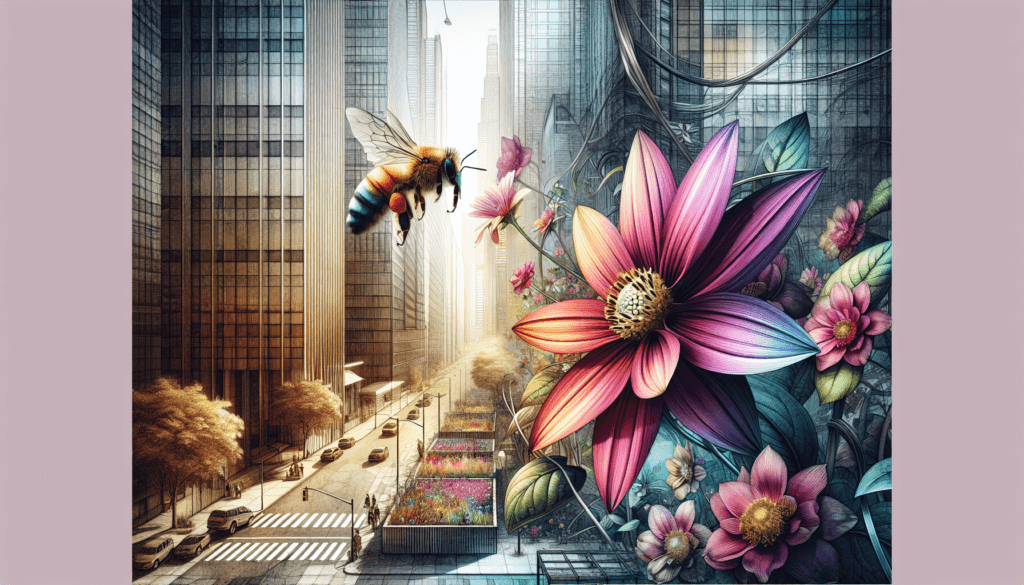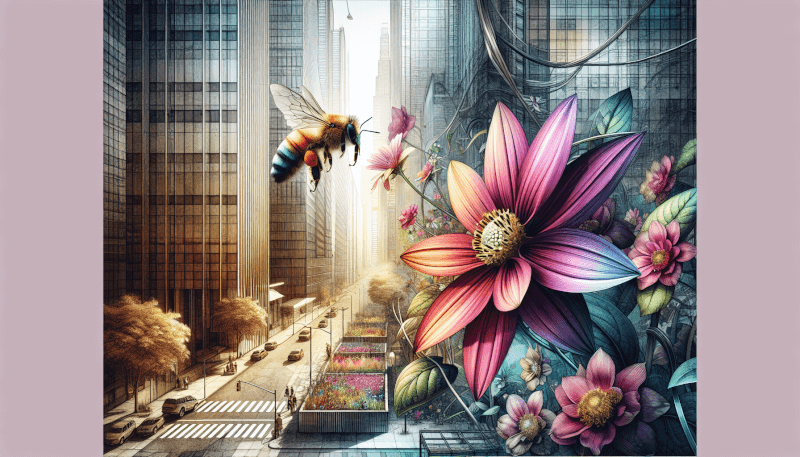Are you looking to transform your urban garden into a buzzing haven for pollinators? Look no further! This article provides a collection of valuable tips and tricks to help you create a pollinator-friendly garden in your urban oasis. From selecting the right plants to creating suitable habitats, you will discover practical advice that will not only attract pollinators but also enhance the beauty of your garden. Dive into the world of urban gardening and learn how to make a positive impact on the local ecosystem.
Choosing the Right Plants
Creating a pollinator-friendly garden starts with choosing the right plants. There are several factors to consider when selecting plants for your garden.
Selecting Native Plants
One of the most important factors to consider is selecting native plants. Native plants are well-adapted to the local climate and soil conditions, making them more attractive to pollinators. Native plants provide familiar food sources and nesting sites for local bees, butterflies, and birds. By planting native plants, you can create a habitat that supports the native pollinators in your area.
Including a Variety of Flower Shapes and Colors
Another important consideration when choosing plants is to include a variety of flower shapes and colors. Different pollinators are attracted to different flower shapes and colors. By including a variety of flowers, you can attract a diverse range of pollinators to your garden. For example, butterflies are attracted to bright, colorful flowers, while bees are attracted to flowers with tubular shapes. By including a variety of flower shapes and colors, you can provide food sources for a wide range of pollinators.
Planting Flowers that Bloom Successively
It’s also important to plant flowers that bloom successively throughout the growing season. This ensures that there are always food sources available for pollinators. By planting a mix of early, mid, and late-season bloomers, you can provide a continuous source of nectar and pollen for bees, butterflies, and hummingbirds. Additionally, planting flowers that bloom at different times can add visual interest and beauty to your garden throughout the year.
Providing Water Sources
In addition to providing food sources, it’s important to provide water sources for pollinators. Water sources not only help quench their thirst but also act as a place for them to rest and cool off. Here are some ways you can provide water sources in your garden.
Creating a Water Feature
Consider adding a water feature such as a small pond or birdbath to your garden. These water features can attract pollinators like butterflies and birds, providing them with a place to drink and bathe. Be sure to add rocks or other perches in the water feature to provide safe resting spots for pollinators.
Using Drip Irrigation
Drip irrigation systems can also provide water for pollinators. By placing small drippers or misters near flowers or plants, you can create an accessible water source for bees and butterflies. Drip irrigation systems are efficient and help conserve water, making them an eco-friendly choice for providing water to pollinators.
Setting up a Birdbath
A simple and effective way to provide water for pollinators is by setting up a birdbath. Place a shallow basin filled with water in a quiet and safe area of your garden. Make sure to keep the water fresh and clean to attract pollinators. Adding stones or pebbles to the birdbath can provide landing spots for butterflies and bees.

Creating Shelter and Nesting Sites
Pollinators not only need food and water sources but also shelter and nesting sites. Here are some strategies to create shelter and nesting sites in your garden.
Adding Native Trees and Shrubs
Adding native trees and shrubs to your garden can provide essential shelter and nesting sites for pollinators. Trees and shrubs offer protection from the elements, such as strong winds or direct sunlight. They also provide nesting sites for birds and beneficial insects. Research the native trees and shrubs in your area and choose ones that are suitable for your garden.
Installing Bee Boxes and Insect Hotels
Bee boxes and insect hotels can provide artificial nesting sites for solitary bees and beneficial insects. These structures are typically made with natural materials such as wood and bamboo, with small holes or tunnels for bees to lay their eggs. Installing bee boxes and insect hotels in your garden can attract and support a diverse population of bees and insects.
Creating Brush Piles
Creating brush piles in your garden can provide shelter for a variety of wildlife, including small mammals, reptiles, and beneficial insects. Simply gather branches, twigs, and other natural materials and arrange them in a loose pile in a corner of your garden. These brush piles offer hiding places and protection for pollinators and other wildlife.
Avoiding Pesticides and Chemicals
Using pesticides and chemicals in your garden can be harmful to pollinators and other beneficial insects. Here are some ways to avoid using these harmful substances in your garden.
Using Organic Pest Control Methods
Instead of relying on chemical pesticides, consider using organic pest control methods. This can include techniques such as handpicking pests, using natural repellents like neem oil or garlic spray, or attracting beneficial insects that feed on garden pests. By using organic methods, you can protect pollinators while still maintaining a healthy and thriving garden.
Planting Flowers with Natural Pest-control Properties
Certain flowers have natural pest-control properties and can help deter pests without the use of chemicals. For example, marigolds emit a scent that repels many garden pests, while lavender attracts beneficial insects like ladybugs that feed on aphids. Adding these types of flowers to your garden can help reduce the need for pesticides.
Avoiding Harmful Herbicides and Insecticides
When selecting herbicides or insecticides, be mindful of their potential impact on pollinators. Many chemical herbicides and insecticides can be harmful to bees, butterflies, and other beneficial insects. Instead, opt for organic or natural alternatives, or consider using manual methods to control weeds or garden pests. This will help protect pollinators and maintain a healthy and vibrant garden ecosystem.
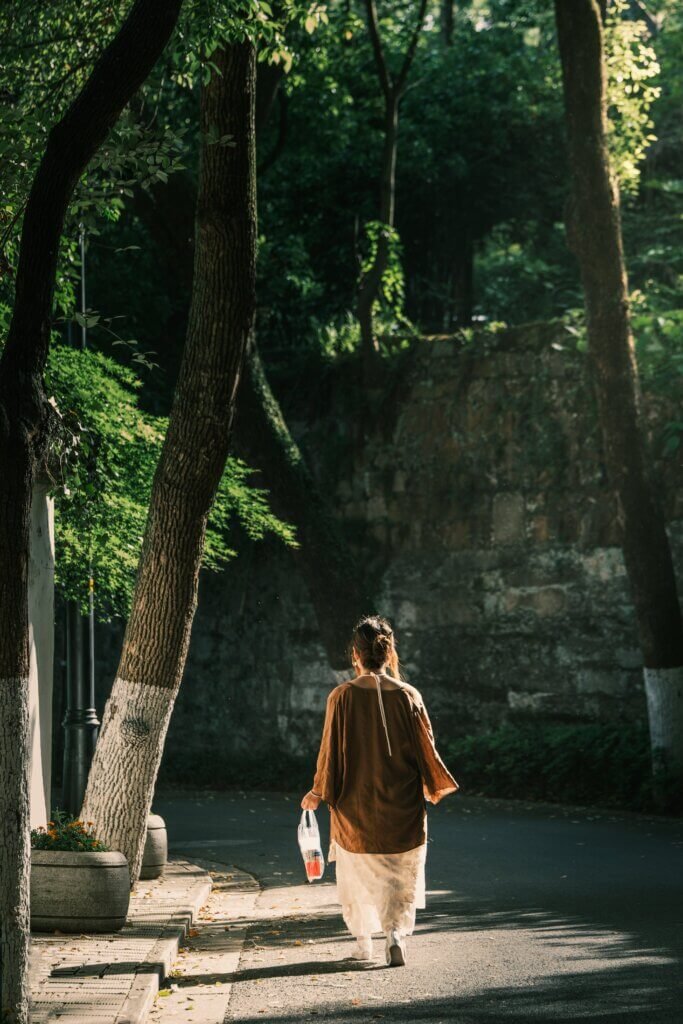
Including Butterfly Host Plants
To attract and support butterflies in your garden, it’s crucial to include host plants. Host plants are specific plants that provide food and habitat for butterflies during their larval stage. Here are some tips for including butterfly host plants in your garden.
Researching Local Butterfly Species
Start by researching the local butterfly species in your area. Different butterfly species have different host plant requirements. For example, Monarch butterflies rely on milkweed plants as their host plants. By understanding the specific host plant needs of local butterfly species, you can choose the right plants to support their life cycle.
Planting Milkweed for Monarch Butterflies
Milkweed is the essential host plant for Monarch butterflies. By planting milkweed in your garden, you can provide a food source and habitat for Monarch caterpillars. Milkweed also attracts adult Monarch butterflies, as they feed on its nectar-rich flowers. When selecting milkweed species, opt for native varieties that are well-suited to your region.
Including Nectar Plants for Adult Butterflies
In addition to host plants, it’s important to include nectar plants that provide food sources for adult butterflies. Adult butterflies rely on nectar as their primary food source. Choose a variety of nectar-rich flowers with different bloom times to provide a continuous source of food throughout the season. Some popular nectar plants for butterflies include butterfly bush, coneflower, and black-eyed Susan.
Attracting Hummingbirds
Hummingbirds are fascinating pollinators known for their agility and their ability to hover mid-air. To attract these vibrant birds to your garden, consider the following tips.
Planting Nectar-rich Flowers
Hummingbirds are attracted to nectar-rich flowers with tubular shapes and bright colors. Plant a variety of flowers such as trumpet vine, bee balm, and cardinal flower that are known to attract hummingbirds. Ensure that these flowers are planted in a sunny location and provide ample nectar for these energetic pollinators.
Using Hummingbird Feeders
In addition to planting nectar-rich flowers, you can also supplement hummingbirds’ diet by using hummingbird feeders. Fill the feeders with a simple sugar-water solution (avoid using red food coloring) and hang them in a visible and accessible location in your garden. Remember to clean and refill the feeders regularly to prevent the growth of mold and bacteria.
Including Red and Orange Flowers
Hummingbirds have a particular affinity for red and orange flowers. The color red is highly visible to them and signals a bountiful source of nectar. Consider including flowers such as red salvia, trumpet vine, and zinnia to attract more hummingbirds to your garden. The vibrant colors will not only attract these tiny birds but will also add a pop of color to your garden landscape.
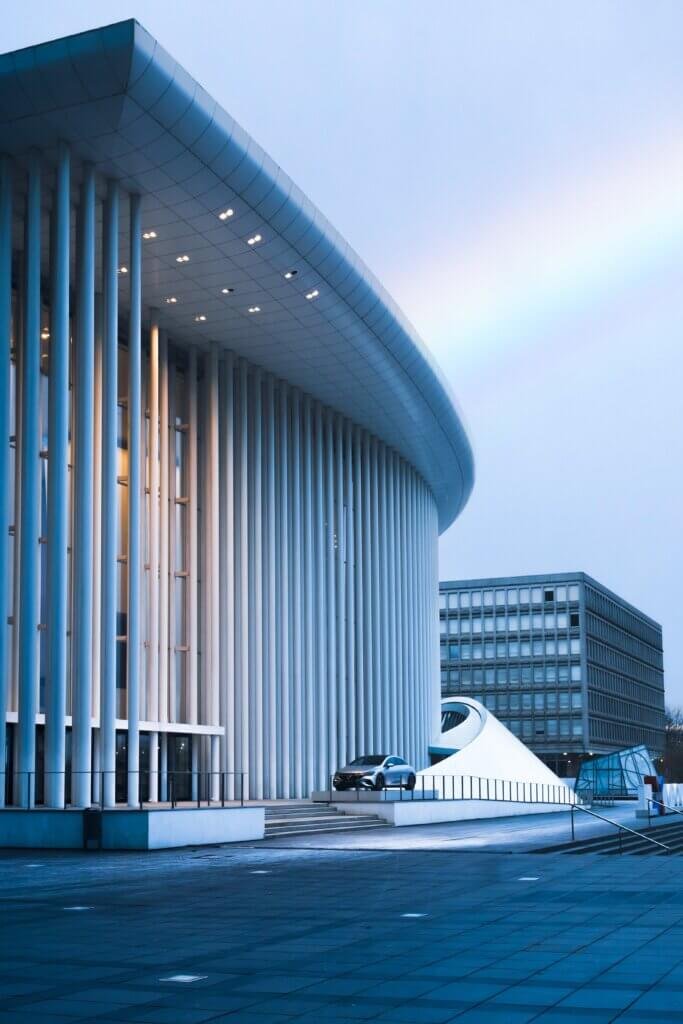
Creating a Welcoming Environment for Bees
Bees play a crucial role in pollination and are essential for the health and productivity of our gardens. Here’s how you can create a welcoming environment for these hardworking pollinators.
Planting a Variety of Flowering Plants
Bees are attracted to a wide range of flowering plants and herbs. To create a bee-friendly garden, include a variety of flowers with different shapes, sizes, and colors. Plant flowers that bloom at different times throughout the season to provide a continuous food source for the bees. Consider including flowering herbs such as lavender, rosemary, and thyme, which are not only attractive to bees but also have culinary uses in the kitchen.
Leaving Bare Ground and Dead Plant Stems for Nesting
Many native bees are ground-nesting species that rely on bare ground or exposed soil for nesting. Avoid covering all areas of your garden with mulch and leave patches of bare ground or uncovered soil. Additionally, leave some dead plant stems standing during the winter months to provide nesting sites for cavity-nesting bees. By providing these nesting opportunities, you can support a diverse population of bees in your garden.
Avoiding Chemical-laden Plants and Soils
When choosing plants for your garden, be cautious of plants treated with systemic pesticides or neonicotinoids. These chemicals can be harmful to bees and other pollinators. Opt for organic or chemical-free plants when possible. Additionally, avoid using chemical fertilizers or pesticides in your garden, as they can be detrimental to bees. By prioritizing organic practices, you can create a healthier and more welcoming environment for bees.
Providing Pollinator-friendly Structures
In addition to the right selection of plants, you can enhance your garden’s appeal to pollinators by including specific structures designed to support and attract them.
Installing Trellises for Climbing Plants
Trellises or arbors covered with climbing plants can offer ideal perches and nectar sources for pollinators. Climbing plants such as honeysuckle, clematis, and morning glory can attract bees, butterflies, and hummingbirds. The vertical structure of a trellis provides a valuable opportunity for these pollinators to rest, feed, and forage.
Creating Butterfly Puddling Areas
Butterfly puddling areas are shallow depressions filled with moist sand, soil, or mud. These areas provide an essential water and mineral source for butterflies, as they are known to sip moisture from damp soils. Create a small puddling area in your garden by digging a shallow depression and filling it with a mixture of sand and soil. Adding a few flat stones or small rocks can provide additional perching spots for butterflies.
Building Rock Piles for Bees
Rock piles or stone walls can create ideal habitats for cavity-nesting bees and other beneficial insects. These structures provide protective spaces for these pollinators to nest and overwinter. Simply arrange rocks or stones in a sturdy pile, leaving small gaps and crevices for bees to access and create their nests. Building rock piles can add an aesthetic appeal to your garden while providing essential habitat for pollinators.
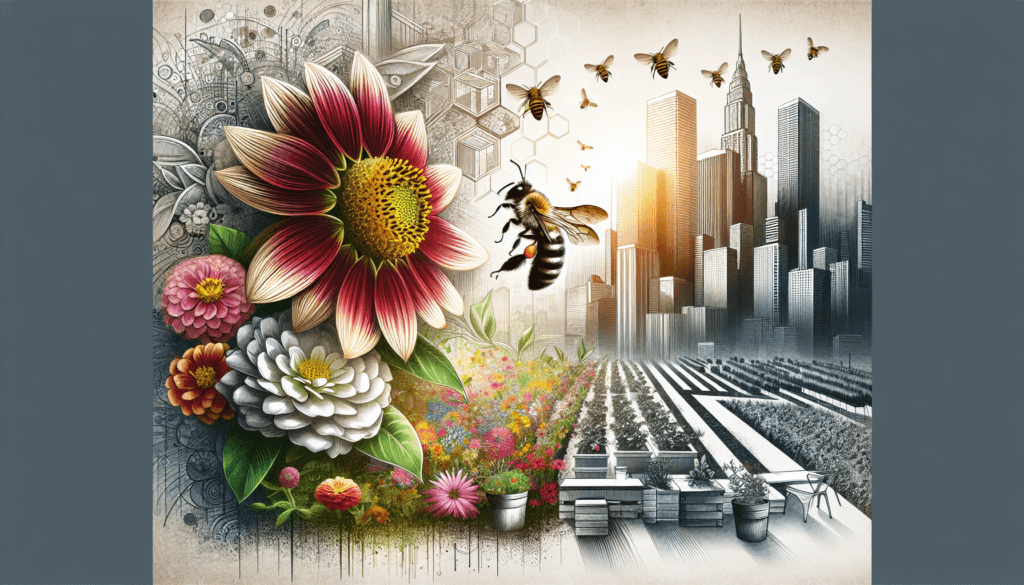
Including Night-blooming Flowers
Incorporating night-blooming flowers in your garden can attract nocturnal pollinators, such as moths and bats. Here are some night-blooming flowers to consider planting.
Planting Evening Primrose and Night Phlox
Evening primrose and night phlox are two popular choices for night-blooming flowers. Their delicate blooms open up in the evening and emit a sweet fragrance that attracts nighttime pollinators. These flowers not only add beauty to your garden but also provide a valuable food source for moths and other nocturnal insects.
Adding Night-blooming Jasmine and Evening Stock
Night-blooming jasmine and evening stock are other lovely options for night-blooming flowers. Night-blooming jasmine features small, star-shaped blooms with a captivating fragrance that attracts moths. Evening stock, on the other hand, produces clusters of fragrant flowers that open at dusk, luring in pollinators that are active during the night.
Creating a Moon Garden with Fragrant Flowers
Consider creating a dedicated “moon garden” within your overall garden design. A moon garden is a collection of white or light-colored flowers that bloom in the evening and provide a luminous glow in the moonlight. Flowers such as white lilies, evening primrose, and white petunias can be included to create a visually stunning and aromatic space for nighttime pollinators.
Educating Yourself and Others
As an urban gardener passionate about creating a pollinator-friendly garden, it’s vital to continuously educate yourself and share your knowledge with others. Here are some ways to expand your understanding and spread awareness.
Learning about Local Pollinators
Dedicate time to learn about the local pollinators in your area. Familiarize yourself with the different species of bees, butterflies, and other pollinators that call your region home. Understand their life cycles, preferred habitats, and the plants they rely on. By deepening your knowledge, you can make informed decisions when it comes to creating a pollinator-friendly garden.
Sharing Knowledge with Friends and Neighbors
Spread the word about pollinator-friendly gardening by sharing your knowledge with friends, neighbors, and community members. Organize informal workshops or garden tours to showcase the importance of pollinators and how to create a welcoming environment for them. Encourage others to adopt sustainable gardening practices and make their gardens pollinator-friendly. By sharing your passion and knowledge, you can inspire others to take action.
Joining a Community or Online Gardening Group
Connect with like-minded individuals by joining a community or online gardening group focused on pollinator-friendly gardening. These groups provide a platform for sharing ideas, asking questions, and learning from experienced gardeners. Participating in these communities can help you stay updated on the latest practices, discover new plant varieties, and find local resources to support your pollinator-friendly gardening journey.
By following these tips and techniques, you can transform your urban garden into a haven for pollinators. Creating a pollinator-friendly garden not only benefits bees, butterflies, and other pollinators but also contributes to a healthier and more vibrant ecosystem. So grab your gardening gloves and get ready to be amazed by the beauty and biodiversity that will thrive in your pollinator-friendly garden. Happy gardening!
